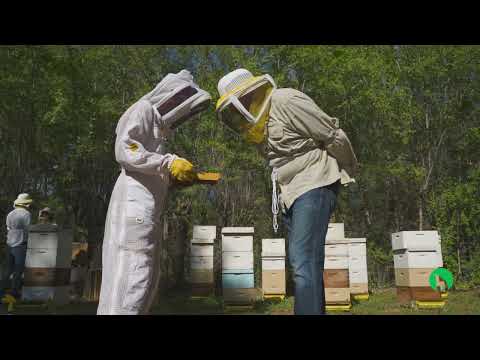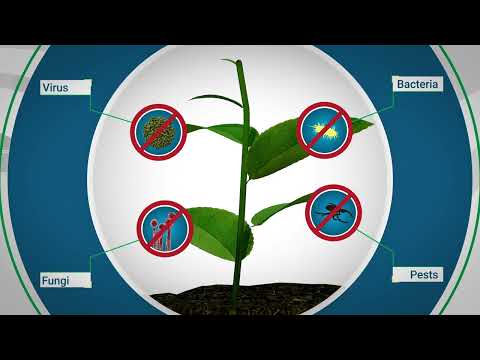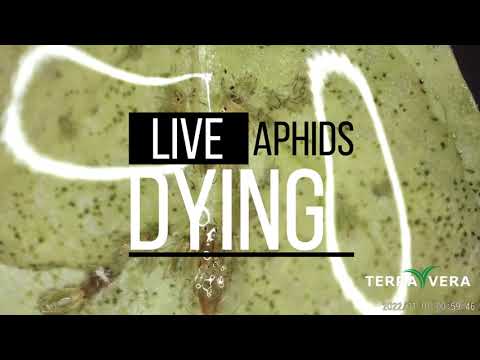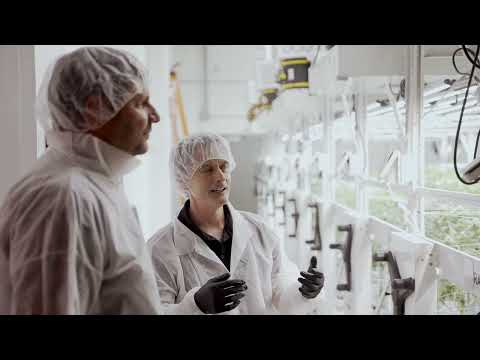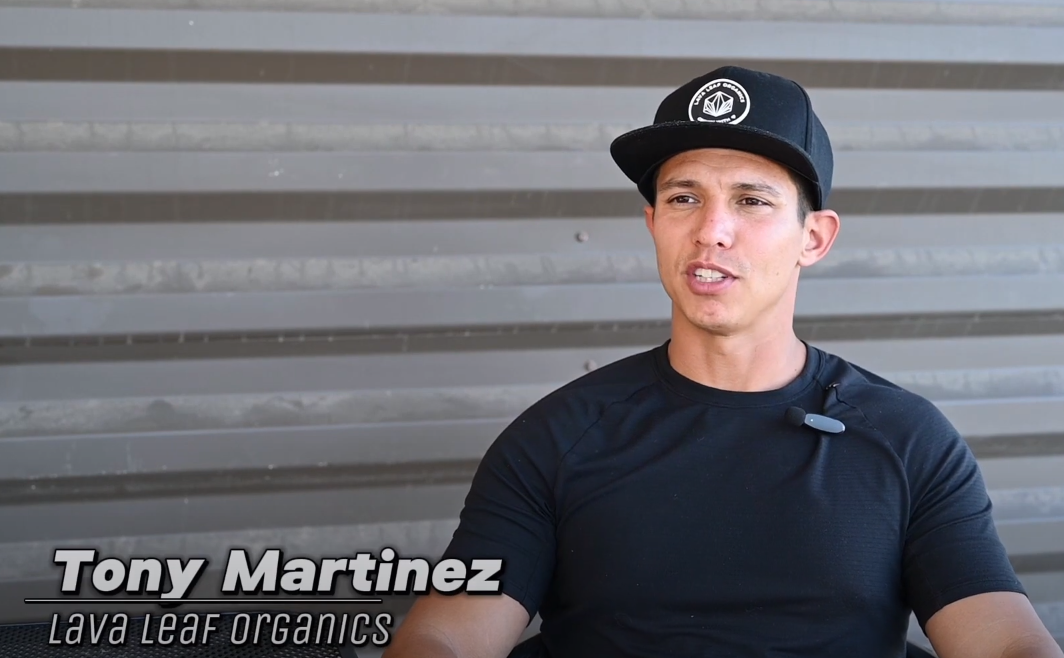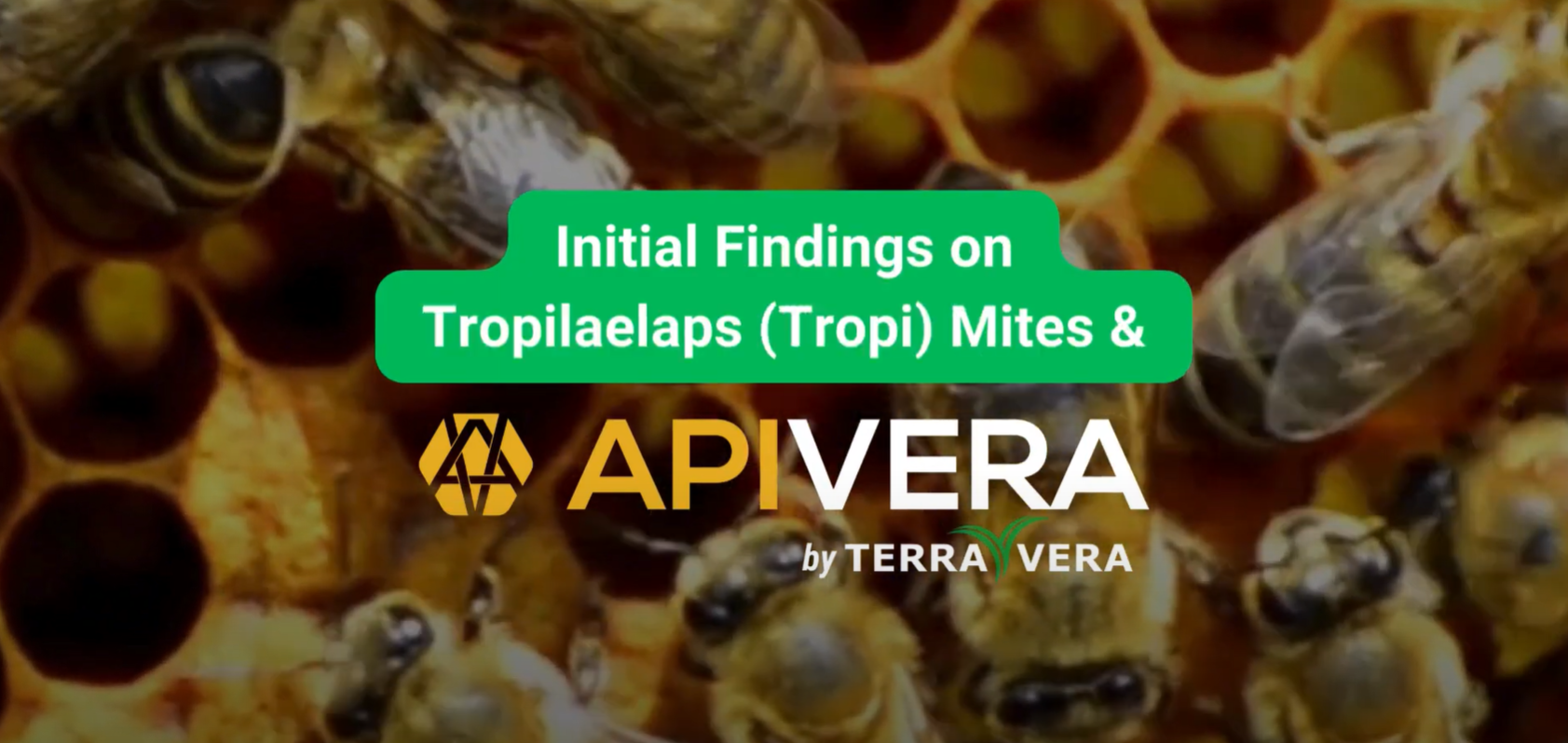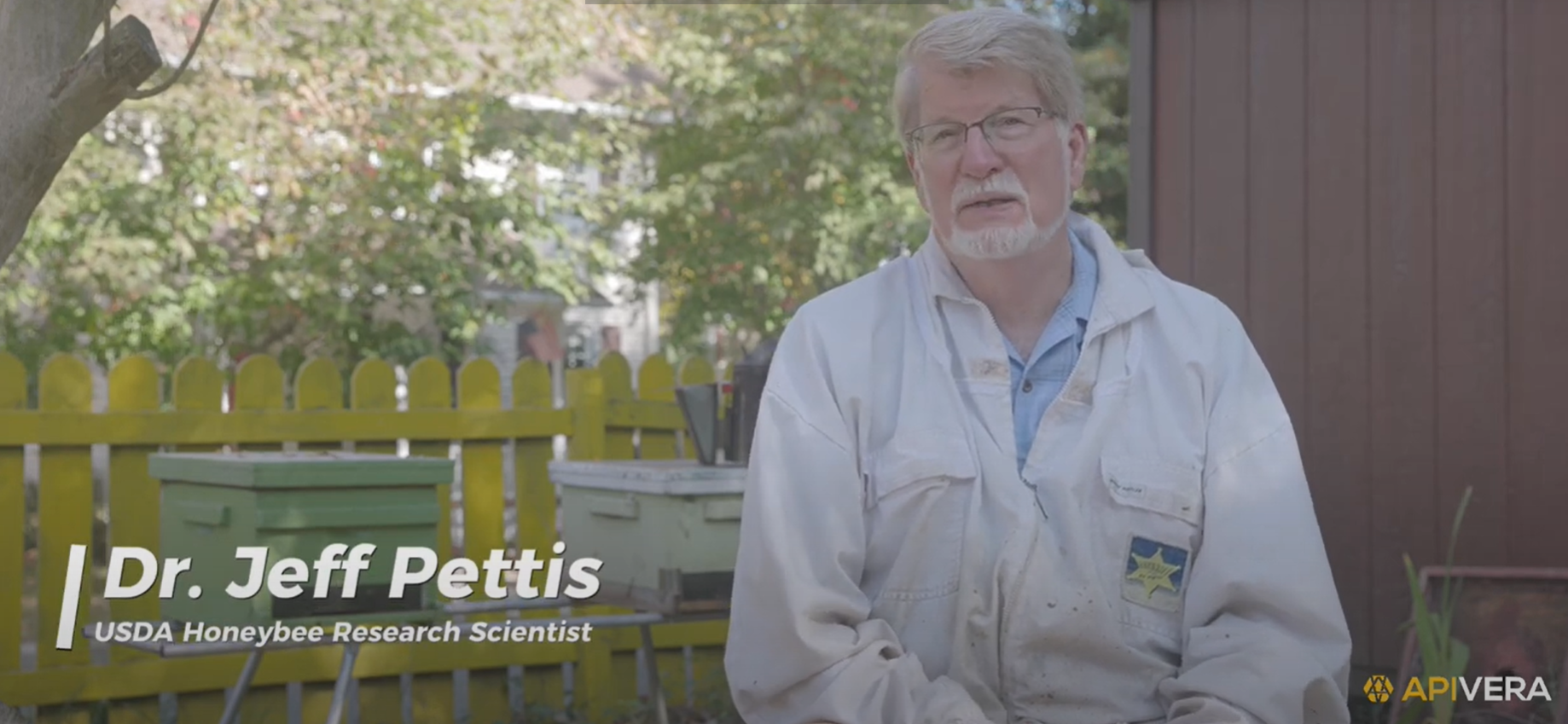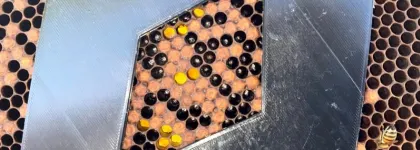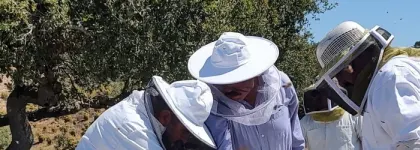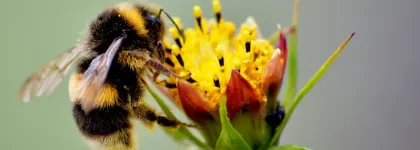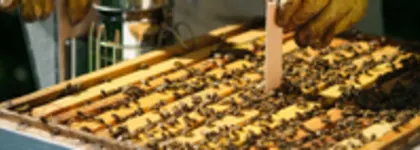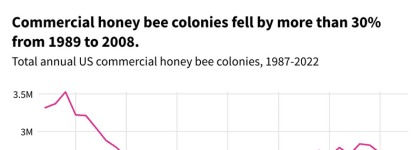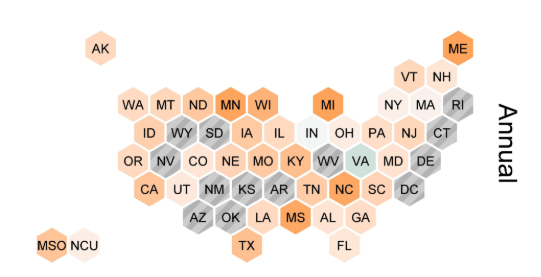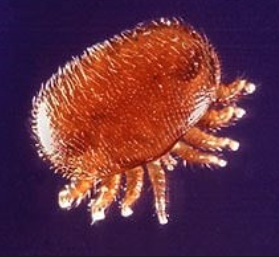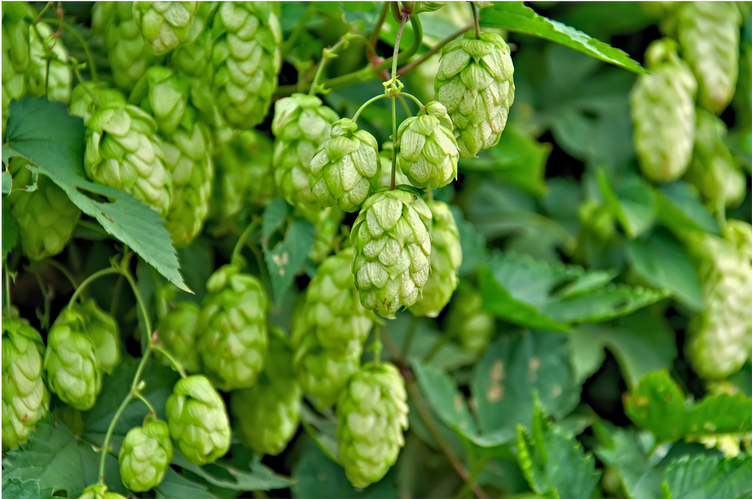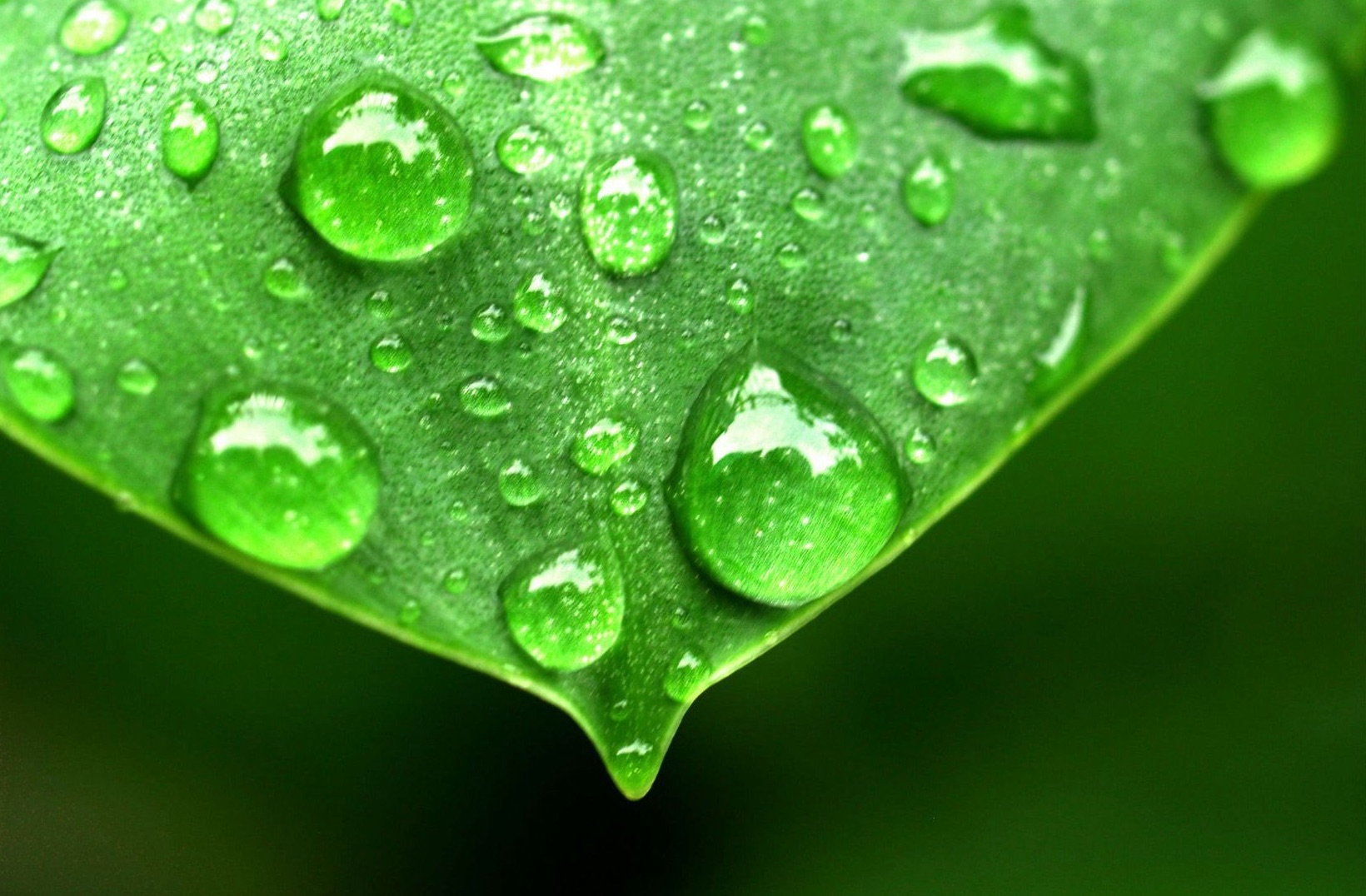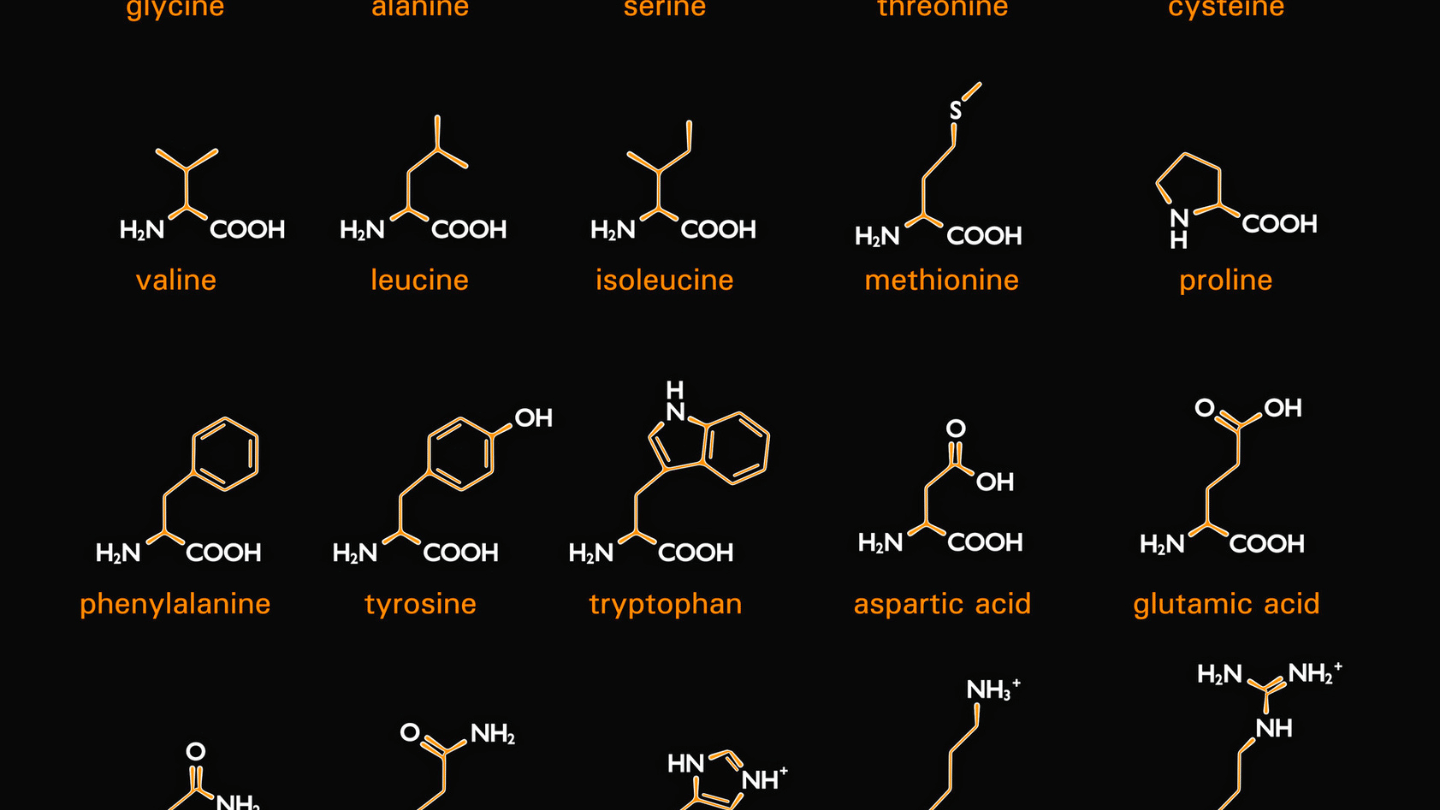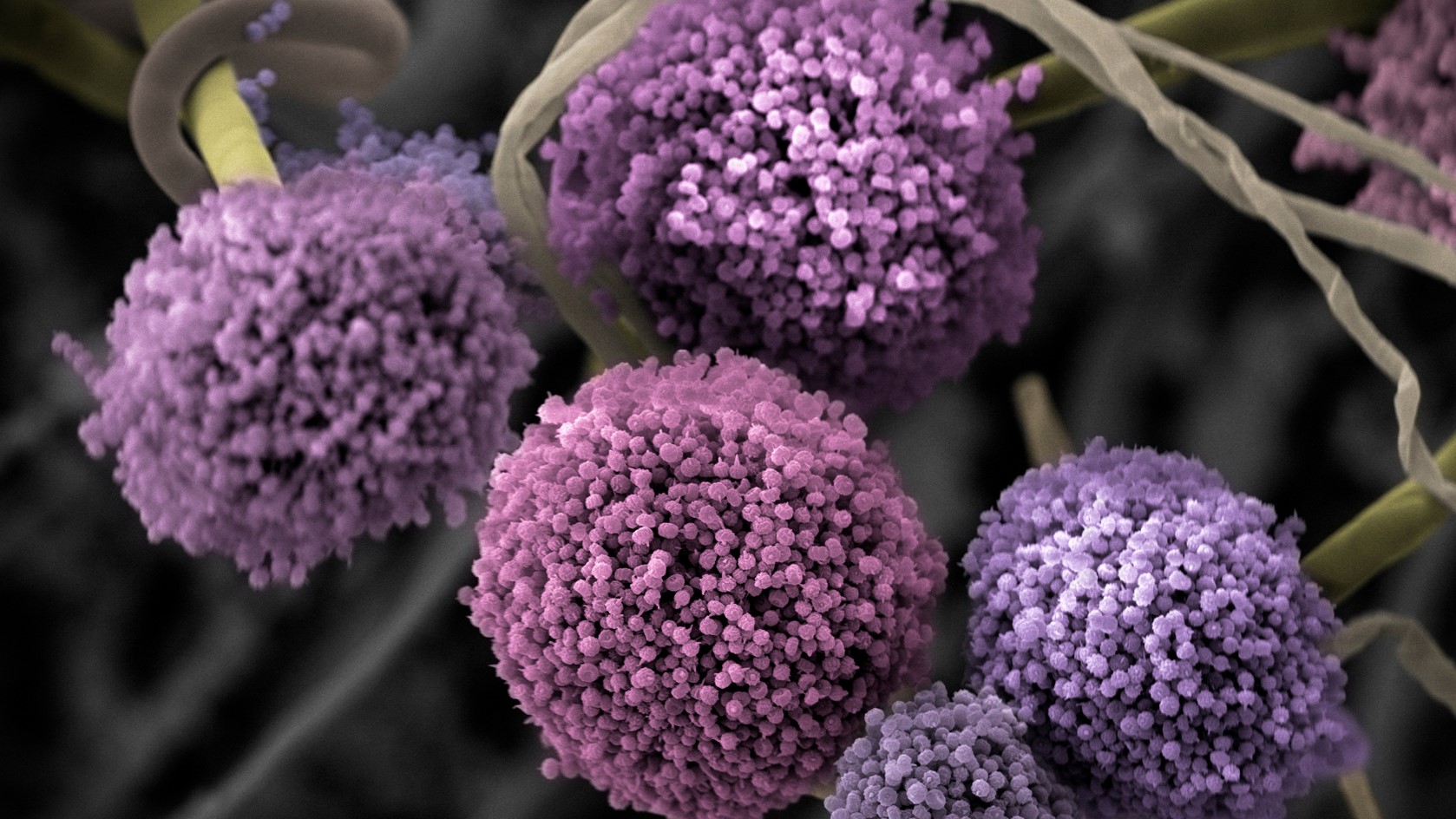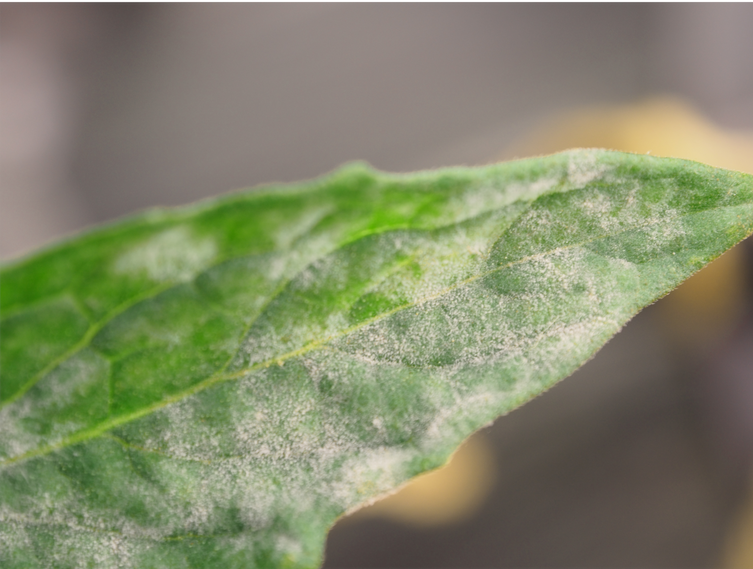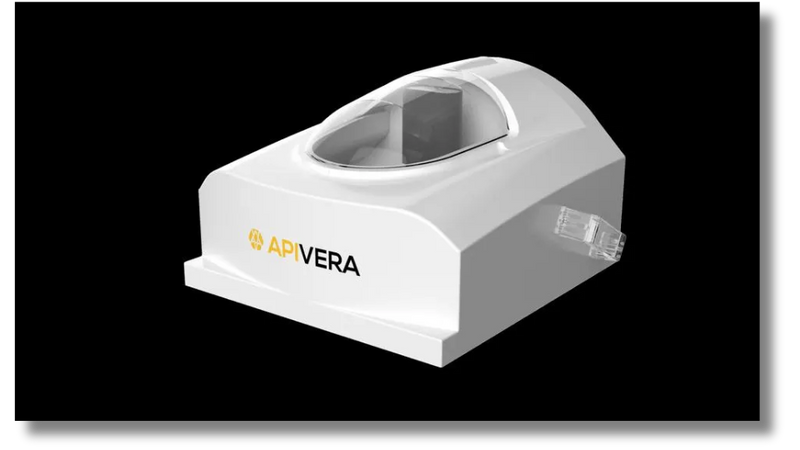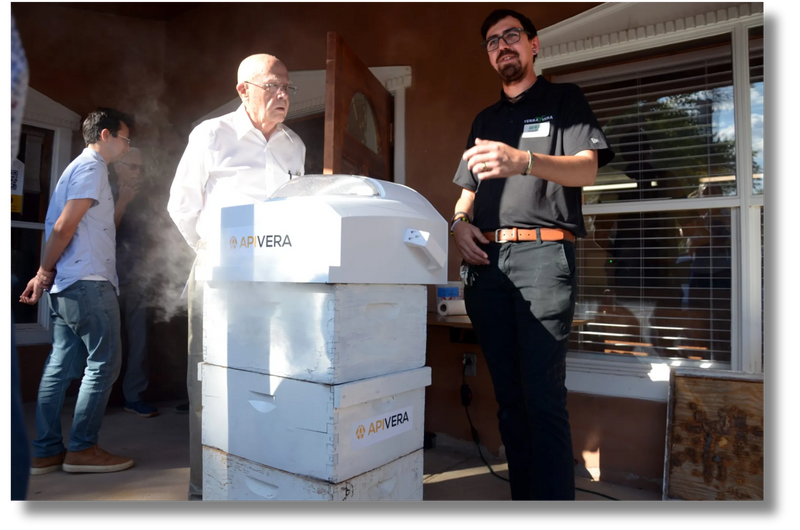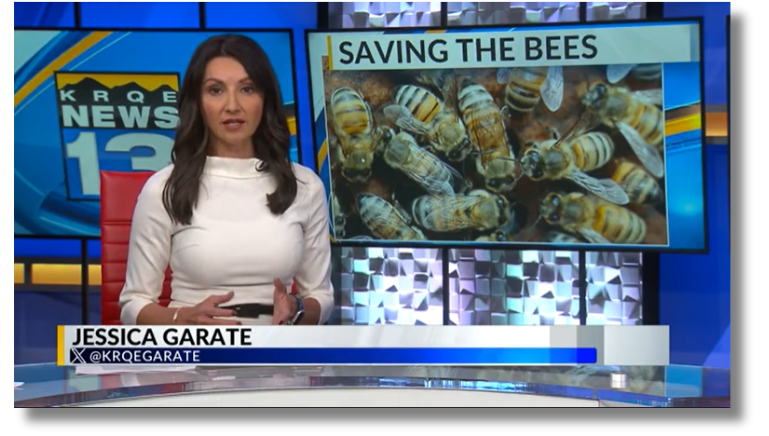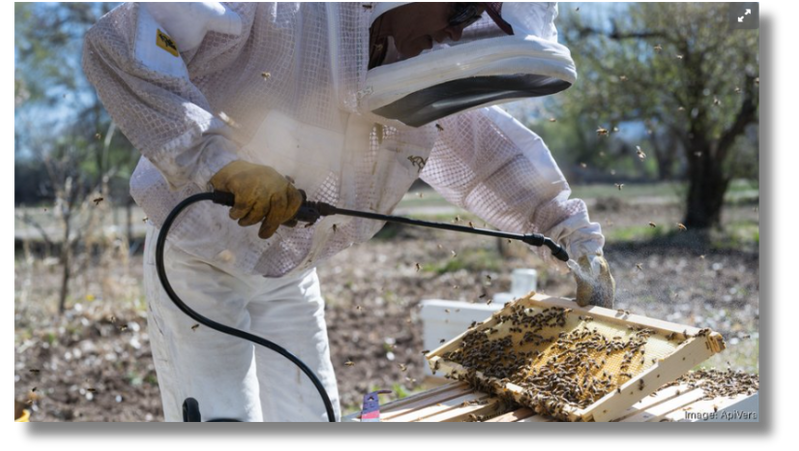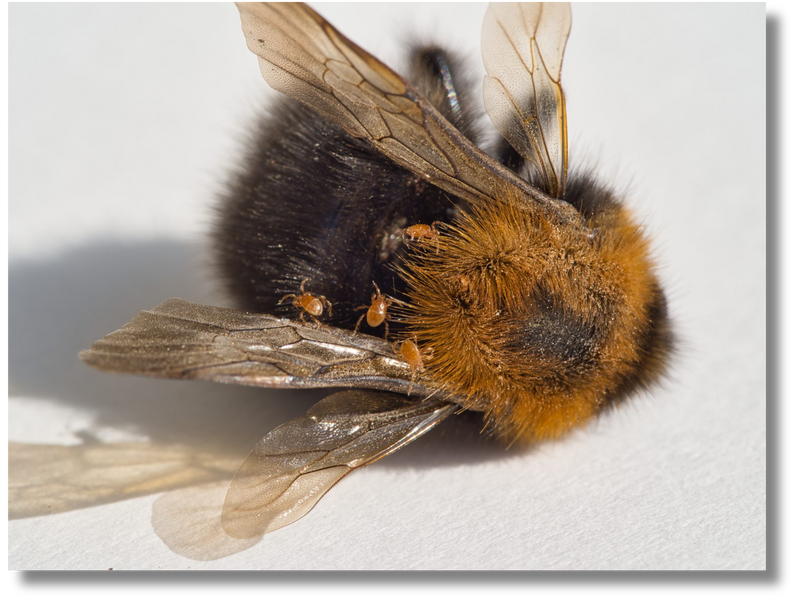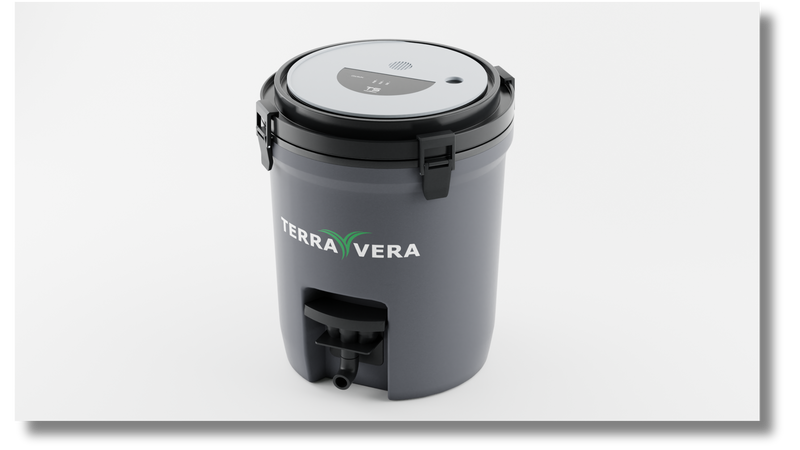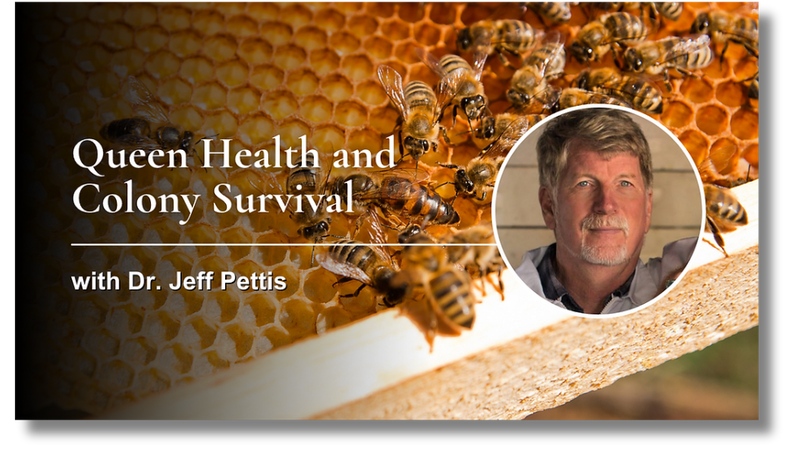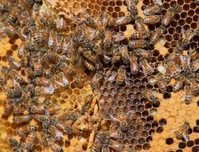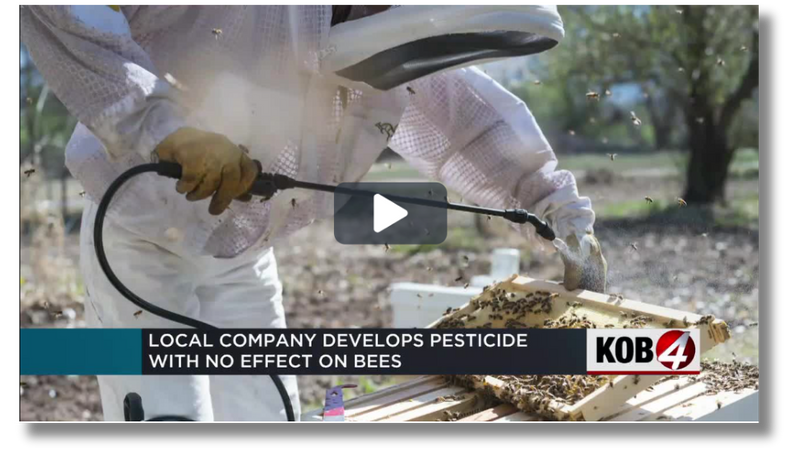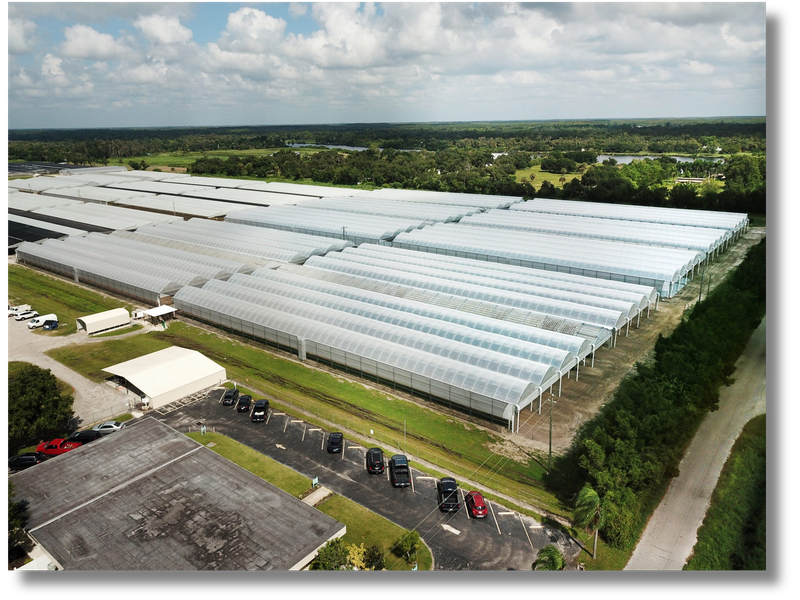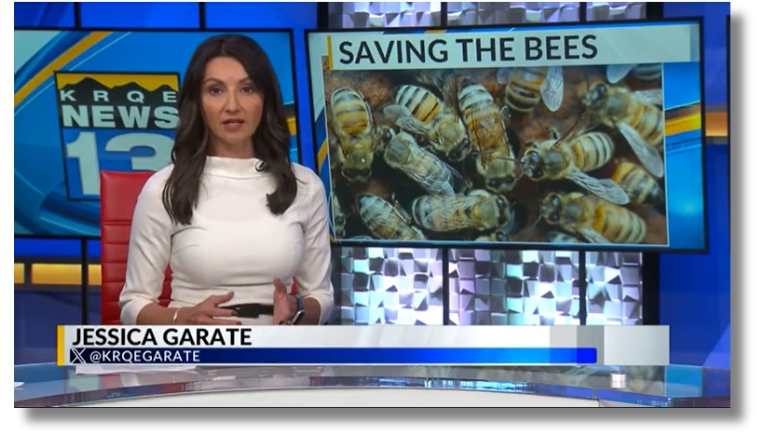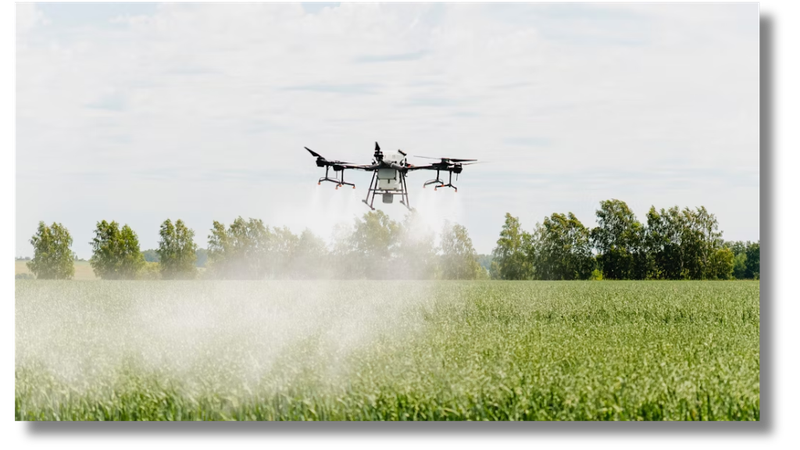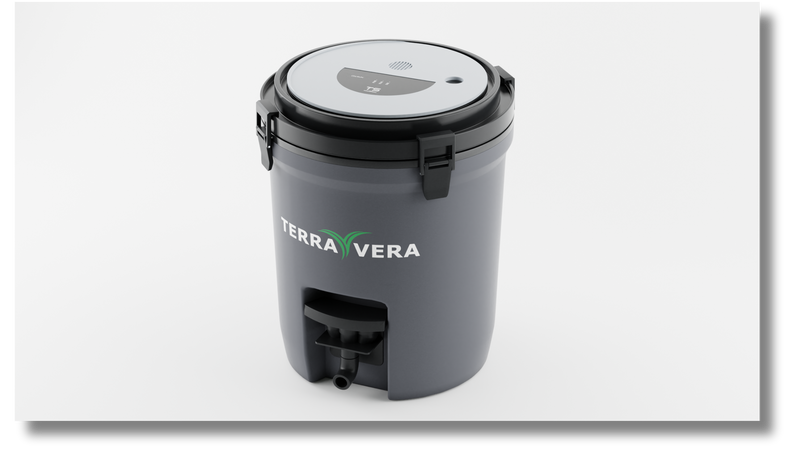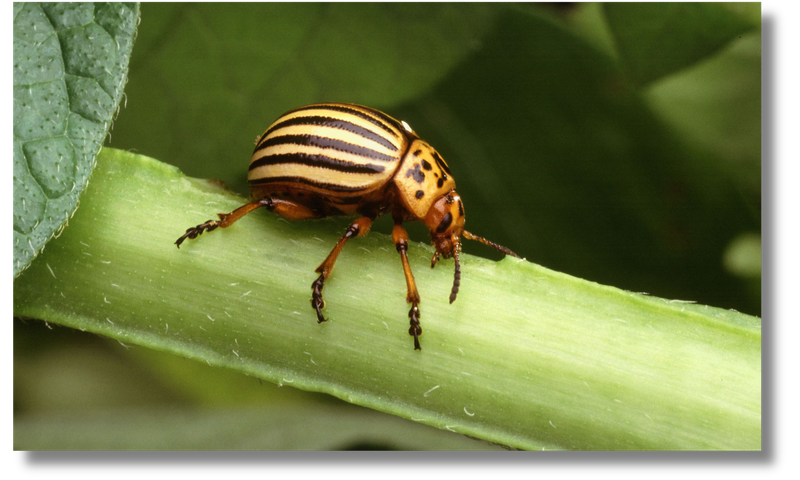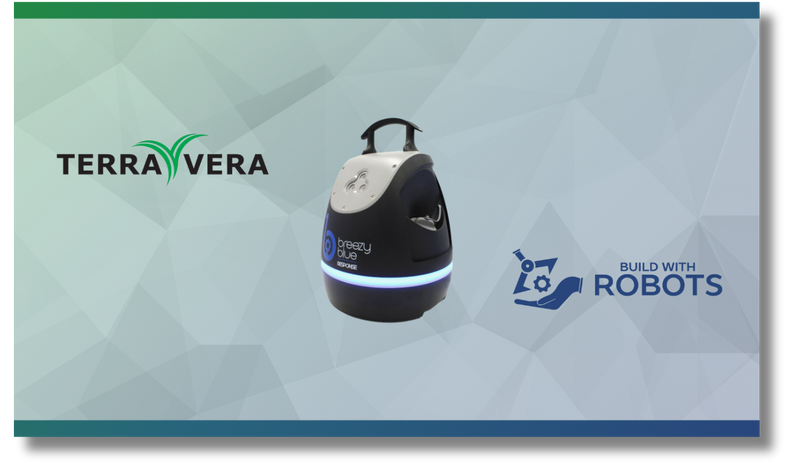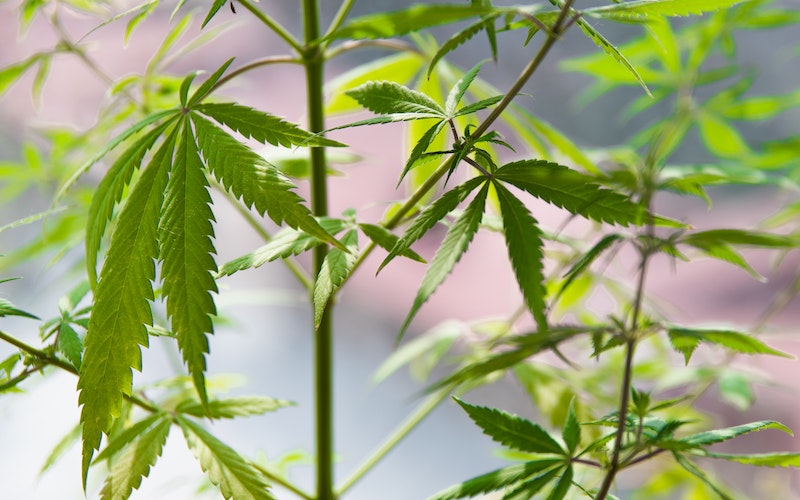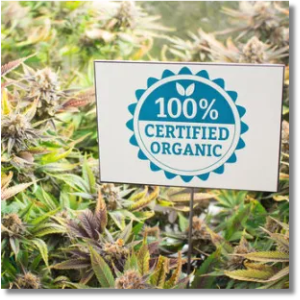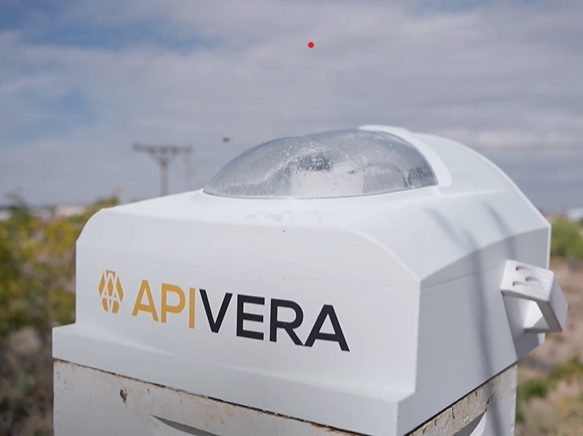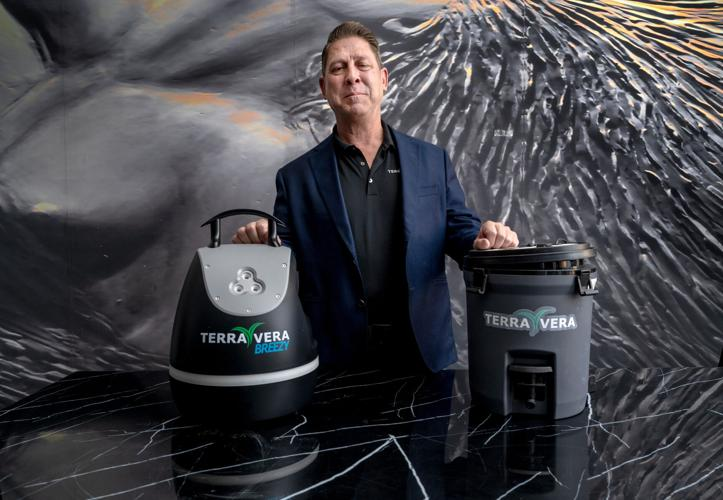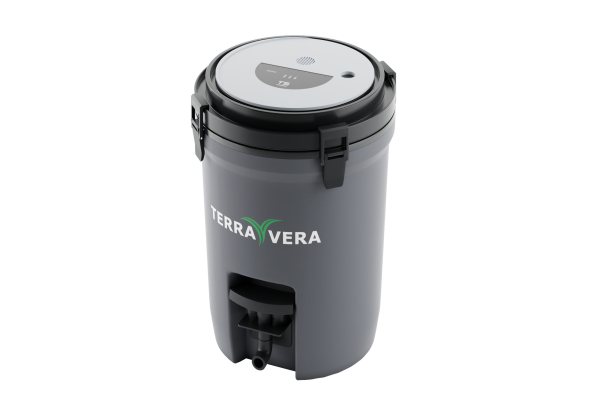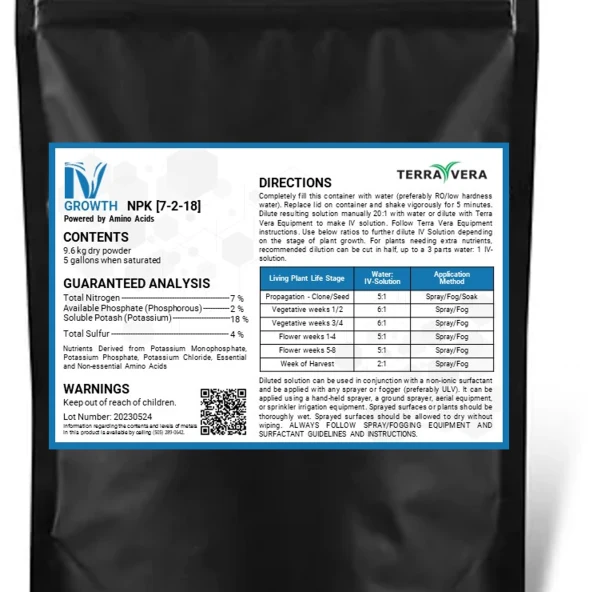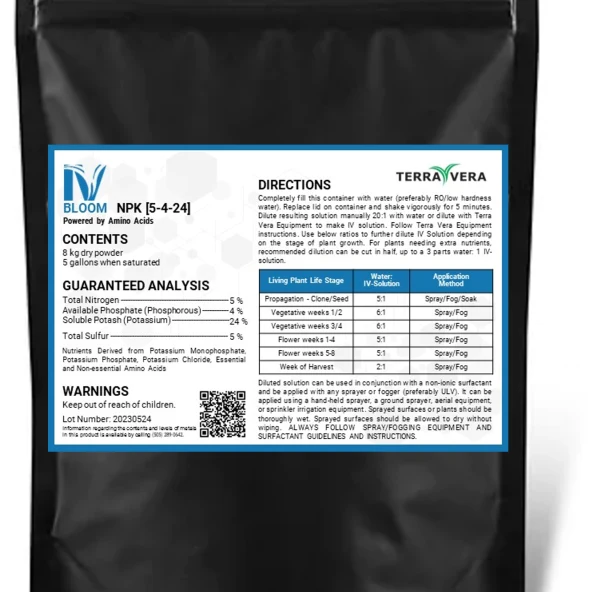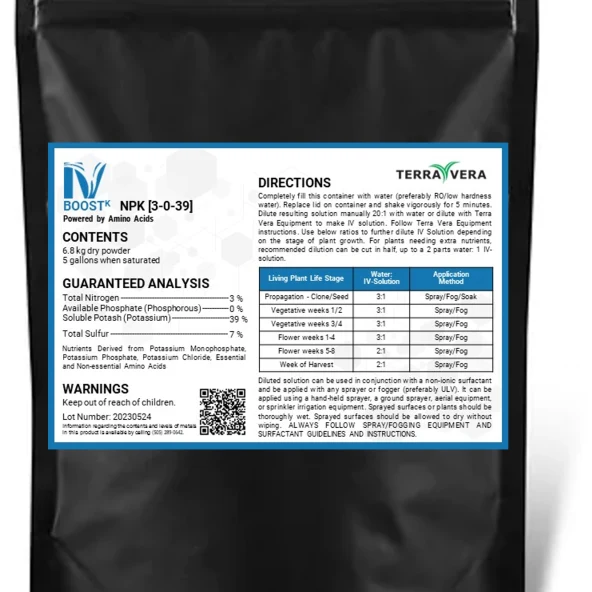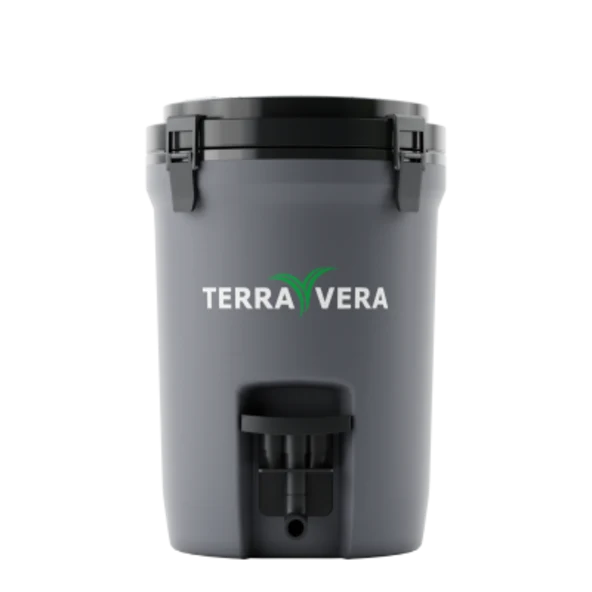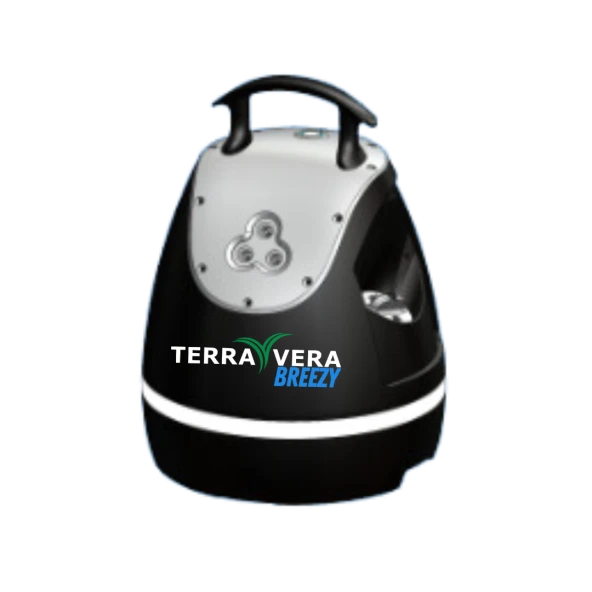All Resources
 Learn more
Learn more Have a question? Contact Us!
Terra Vera Overview
Terra Vera was founded to rid the world of toxic chemicals that are damaging our environment and contributing to a public health crisis.
The Terra Vera Competitive Advantage
We empower growers to activate targeted blends of amino acids that can be sprayed across the plant lifecycle as a nutrient and preventative, but some products can also be used as a remediation tool for when the unexpected outbreak occurs.
Terra Vera Comp Sheet
We make farms more economically sustainable with an all-in-one crop protection solution that is less expensive, safer, and more environmentally friendly than traditional agricultural treatments. Growers who use a nutrient and crop protection like Terra Vera see on average a crop yield increase of 40%.
Bee Colony Health
About one-third of food eaten by Americans today come from crops pollinated by honey bees. Unfortunately honey bee populations across the U.S. are declining due to parasites, pesticide poisoning, habitat loss, poor nutrition, and disease. The results of spraying full concentrate, activated nutrients on honey bee hives showed high efficacy post-spray that was maintained over several hours. No honey bee deaths were observed and Varroa mite counts on bees were greatly reduced. Initial trials show that nutrients promote vigorous and healthy hives, providing resiliency against stressors like the Varroa mite, pathogens, and poor nutrition.
Mitigation of Varroa Mites
Varroa mites pose a significant threat to honey bee colonies, particularly during the fall when they become most problematic. Commonly used treatments to mitigate Varroa mites infestations and other stressors are either ineffective or harmful to the bees. Our study revealed that Terra Vera solution provided 2-4x the normalized mite drop in comparison to the standard industry mite treatment, Apiguard.
Powdery Mildew on Wine Grapes
Powdery mildew (PM) poses a significant threat to wine production across the world. It not only leads to considerable yield losses, estimated at 20%-30% in vineyards, but also critically downgrades grape quality. Traditional methods of control, primarily involving fungicides and canopy management, have been somewhat effective but are limited in their capacity to fully prevent and mitigate PM. When left unmanaged, PM can predispose the buds and canes to cold injury, and can lead to premature vine death. Emerging innovations, notably Terra Vera (TV), are offering new hope in the battle against this pervasive vineyard scourge.
Suppression of Coffee Leaf Rust in Jamaica
In partnership with a small research team at the University of the West Indies (UWI), the efficacy of Terra Vera technology was assessed on coffee plants presenting with CLR disease in the Blue Mountain region of Jamaica. The relative change in disease severity was significantly reduced from the coffee plants that were applied with TV technology vs the controls assessed over the nine-week period.
Pest Damage Reduction on Cabbage in Jamaica
In partnership with a small research team at the University of the West Indies (UWI), the efficacy of Terra Vera technology was assessed on cabbage plants infested with various insects. The average size of holes due to pests were significantly reduced between Terra Vera treated plants versus no-application plants over the eight-week period.
Aphid Management
Six test sprays were conducted on several cannabis genetics, and data was collected on treating plants with a 6:1, 5:1, and 3:1 dilution versus the control (no treatment). Additionally, plant reactions were noted after 3 days post-treatment. Approximately 50% of aphids were killed within 45-60 minutes of treatment at all dilutions. 100% kill rate was noted across all dilutions within 2 hours.
Spider Mite Management
Mites are common pests in gardens that feed on many fruit, trees, vines, berries, vegetables, and ornamental plants. Spider mites are tiny and difficult to detect; however, you may notice plant damage such as white spots (stippling), yellow leaves, or webbing. The efficacy of Terra Vera technology was assessed on plants infested with two-spotted spider mites. After 1 hour, approximately 98% of spider mites were killed. The same efficacy was observed 5 hours post 3:1 TV spray.
IV Nutrient Study
In a large-scale study (>500 plants) across multiple cultivars, HLV infected plants foliarly fed with Terra Vera's IV nutrient line yielded a statistically significant improvement in observed plant health, vigor, and biomass compared to standard nutrient protocols. Similar to humans that are sick, plants stressed with an infection can still yield and express it's full plant profile if fed with fertilizers that have increased bioavailability for easier uptake. For a grower, this type of yield increase could mean millions of dollars of preserved crop value and labor.
Origin Story
Terra Vera has the potential to change the world. Today's agrochemicals are increasingly linked to environmental damage and health concerns. Terra Vera replaces many of these chemistries with natural alternatives that are safer for people and more sustainable for the planet.
How It Works
We believe growing crops should be sustainable, safe and profitable. Our system uses biomimicry technology to simulate nature's immune response to stress by activating amino acids found naturally in the foods we eat every day.
Get Rid of Aphids within Five Minutes
Within five minutes, aphids, as well as other soft bodied pests, that come into direct contact with Terra Vera solution, are immobilized through cellular licing. The chemistry then degrades into nutrients. Terra Vera chemistry uses a non-toxic, biodegradable solution that protects the plant’s tissue, while remaining safe for humans, plants and other animals.
Customer Testimonial - ILLA Canna
“Terra Vera is a unique product for us because it allows us to spray into the very end growth stages of flower development, right up until harvest. There’s no other product in the market that we can use that would clean our flower at that stage.”
- Mike Portereiko, Ph.D. and General Manager Cultivation and Research & Development at ILLA Canna
Customer Testimonial - Lava Leaf Organics
“What drew us to Terra Vera is that it has such a broad use. We have something that can strengthen plant immunity. It's a bonus that it ends up becoming food for the plant. Terra Vera has definitely moved the line as to what we could keep [genetics] and what we can't.”
- Tony Martinez, Co-Owner of Lava Leaf Organics
Customer Testimonial - Robrick Nursery
“We were looking for solutions to combat common greenhouse pests such as thrips and mites without spraying chemicals and found that with Terra Vera. We grow a lot of plants that are consumed and are beneficial to pollinators like bees and butterflies so this is on the forefront of our mind for our customers when developing our IPM.”
- Benjamin Tran, CEO of Robrick Nursery
Initial Findings: ApiVera Combats Tropilaelaps (Tropi) Mites
Dr. Samuel Ramsey and team conduct a study in Bangladesh with the Terra Vera/ApiVera solution on live Tropi Mites. Results show the mites stop moving within a few seconds and show no harm to the honey bee.
ApiVera Crowdfunding on Indiegogo
Terra Vera is proud to announce ApiVera, a new brand and line of products designed to help beekeepers protect honey bee colonies from environmental stressors. ApiVera is an all-in-one beehive treatment system that enhances bee health, productivity, and survival by combating diseases, pests, and malnutrition, ensuring global food security.
Dr. Jeff Pettis, Honey Bee Expert Joins Terra Vera to Launch ApiVera All-in-One Hive Fogger
Dr. Pettis reveals why, for the first time in his 40-year career, he’s endorsing a solution to tackle Varroa mites and boost colony health through nutrient treatment. Hear about the promising results from field trials, the innovative approach behind ApiVera, and why this breakthrough technology could be pivotal in protecting our bees and, ultimately, our global food security.
Hive Matters with Dr. Jeff Pettis: Episode 1 - Why Are Bees Dying?
In this inaugural episode, renowned entomologist Dr. Jeff Pettis discusses the multifaceted challenges facing honey bee colonies, including parasites, pesticides, and nutritional stress. He introduces Terra Vera's innovative, amino acid-based solutions designed to bolster bee health and resilience, offering a sustainable alternative to traditional chemical treatments.
Hive Matters with Dr. Jeff Pettis: Episode 2 - Hidden Dangers Inside the Hive
In this episode, Dr. Pettis delves into issues such as parasites, pesticides, and nutritional stress that contribute to colony decline. He also introduces Terra Vera's innovative, amino acid-based solutions designed to bolster bee health and resilience, offering a sustainable alternative to traditional chemical treatments.
Terra Vera Joins Kamon Reynolds to Discuss Varroa Mite Treatment
Terra Vera CEO Carlos Perea and CTO Justin Sanchez joined Kamon Reynolds to discuss a new way to treat Varroa mites safely and sustainably. The discussion highlights the development and application of Terra Vera's amino acid-based solutions, which are designed to enhance bee health and resilience without relying on traditional chemical treatments.
Introducing the ApiVera Fogger
In this presentation, Terra Vera co-founders Justin Sanchez and Carlos Perea introduce the ApiVera Fogger, a groundbreaking system that employs biomimicry and amino acid-based solutions to combat Varroa mites in honey bee colonies. Designed for ease of use and environmental safety, the ApiVera Fogger offers beekeepers an effective alternative to traditional chemical treatments, promoting healthier hives and sustainable apiculture practices.
Growing for Good - Environmental Impact
Terra Vera's innovative green technology will play a critical role in ensuring global food security, poverty reduction, and environmental sustainability. Green Technology uses science and technology to protect the world’s natural resources and mitigate the negative environmental impact of human activity. Terra Vera is a first of its kind agriculture technology company using an amino acid platform to safely prevent crop loss and improve crop quality.
Amino Acids and Healthier Bee Colonies
Recent research highlights the potential benefits of incorporating these amino acids in honey bee diets to mitigate the adverse effects of nutritional stress. ApiVera by Terra Vera offers a new kind of nutritional supplement to increase survival rates and help honey bees thrive.
Terra Vera Drives Sustainable Profitability Growth for Controlled Environment Agriculture (CEA) Systems
A deep dive into the business models of two specific CEA systems – greenhouses and indoor vertical farms – uncovers their high fixed expense cost structures.
Terra Vera Unlocks Profitability Opportunities for High-Value Crops
In Controlled Environment Agriculture (CEA), businesses like cannabis operations face high fixed costs, such as regulatory fees, leases, and employee wages, which are incurred regardless of product output. This creates high operating leverage, making profitability highly dependent on sales volume.
The Rise of Varroa Resistance: Why the Old Tools Aren’t Working—and What Comes Next
In 2025, U.S. beekeepers faced catastrophic colony losses as Varroa mites developed resistance to standard miticides like amitraz. This chemical resistance allowed mites to spread lethal viruses—including DWV-A, DWV-B, and acute bee paralysis virus—at unprecedented rates, devastating hives even when mite counts seemed manageable. The old tools are failing, and resistance is accelerating a cycle of colony decline, signaling an urgent need for new solutions to protect pollinators.
Understanding Deformed Wing Virus: The Hidden Threat Behind Colony Collapse
In the wake of the 2025 colony loss crisis, Deformed Wing Virus (DWV) emerged as the leading culprit behind the largest U.S. honey bee die-off on record—wiping out over 60% of colonies. DWV, especially types A and B, is a highly destructive pathogen spread by Varroa mites, causing bees to develop deformed wings and crippling entire hives within weeks. With amitraz-resistant mites accelerating transmission and USDA researchers confirming DWV-B’s dominance, understanding and addressing this hidden viral threat is now critical for the future of pollinators.
Revolutionizing Hive Health: 4x Survival with ApiVera Nutrients in Field Trials
The 2024 King Field trials demonstrated a fourfold increase in hive survival and improved colony health with ApiVera nutrients, using a rigorous time-paired study of 12 hives in Corrales, NM. ApiVera was applied via fogging in weekly and twice-weekly regimens, with comprehensive assessments confirming its transformative impact on beekeeping outcomes.
In The Field: Southern California Demo Day Shows ApiVera’s Impact
At Terra Vera’s Southern California Demo Day, commercial beekeepers experienced firsthand how the ApiVera system seamlessly fits into daily operations. We showcased our redesigned fogger—now with simplified controls, faster treatments, and enhanced durability—and demonstrated how our amino acid-based solution effectively suppresses Varroa mites and pathogens without harming bees or contaminating wax and honey.
Planting with Purpose: How to Create a Pollinator Garden for Bees
Create a pollinator garden in your backyard to support declining bee populations while beautifying your space. This guide shows how your garden can become a sanctuary that provides essential nectar, pollen, and safe habitat for honey bees and other pollinators, helping increase biodiversity and improve local food production.
Confronting the 2025 Honey Bee Crisis: How ApiVera Offers a Sustainable Solution
In early 2025, the U.S. beekeeping industry faced an unprecedented crisis with over 60% of commercial honey bee colonies lost, causing $600 million in damages. This catastrophe resulted from viruses transmitted by Varroa mites that developed resistance to traditional miticides, highlighting the urgent need for innovative solutions.
Why Bee Nutrition Matters: Benefits of Amino Acids and Bees
Honey bees, essential for pollinating most of our crops, have been rapidly declining since the 1990s due to pesticides, diseases, and especially malnutrition, which weakens their health and colonies.
U.S. Beekeeping in 2023-24: Surging Colony Losses and the Urgent Need for Action
Addressing the crisis of surging colony losses and the urgent need for action in U.S. beekeeping during 2023-24.
Sustainably Eradicating The Top Killer of Honey Bees - Varroa Mites
Varroa mites, a parasitic mite, have quickly risen to be the #1 reason for the decline in the honey bee population and eventual colony breakdown and collapse and we have no effective and sustainable solutions to target Varroa mites - until now.
Fungicide Resistance: Why It Happens And How To Prevent It
You’re scouting your crop when you notice the signs of a disease. So you apply a tried-and-true fungicide, confident it’ll kill it off. Except this time, the disease is still there. What happened? You may be dealing with fungicide resistance.
Hop Latent Viroid: The Silent Crop Pathogen
Having experienced the shortcomings of traditional fertilizer treatments, our team has developed a new technology of activated amino acid nutrients for foliar application.
5 Reasons Why You’ll Prefer Foliar Nutrition
Having experienced the shortcomings of traditional fertilizer treatments, our team has developed a new technology of activated amino acid nutrients for foliar application.
The Advantages of Fogging | Terra Vera & Build With Robots
Two Albuquerque-based tech startups, Terra Vera and Build With Robots, are blending biomimicry technology with high-tech automation and unveiling a world of limitless cross-industry potential.
Aphids: Soft Bodied Pests
Not all forms of nitrogen can be readily used by the plant. Synthetic fertilizers like calcium nitrate, ammonium phosphate, urea, and ammonium nitrate are simple molecules that require biochemical reactions from plants to be effectively utilized. This means plants spend more energy processing fertilizers that ultimately get converted into amino acids for the plants to use.
Amino Acids - A Sustainable and Efficient Source of Plant Nutrition
Not all forms of nitrogen can be readily used by the plant. Synthetic fertilizers like calcium nitrate, ammonium phosphate, urea, and ammonium nitrate are simple molecules that require biochemical reactions from plants to be effectively utilized. This means plants spend more energy processing fertilizers that ultimately get converted into amino acids for the plants to use.
Tip of the Iceberg: Lost Revenue Potential in Cannabis
An analyst may forecast approximately $38 million of revenue potential. What this forecast doesn't take into account is the $12 million of revenue lost to microbial pressure, compliance failures, and employee turnover.
Garden Tips: Best ULV Foggers For Terra Vera
Terra Vera's activated amino acid solutions work best with Ultra-Low Volume (ULV) foggers to cover as much surface area as possible. Check out our list of top foggers to use for different types of gardens.
Aspergillus: Dangerous Mold on Plants
Aspergillus is a type of filamentous fungus commonly found in soil, decaying vegetation, seeds, and grains. It does not require a living host, but can grow in dead and decaying material and harvested crops.
Powdery Mildew: Visible Plant Stress
Professional cultivators and home gardeners struggle with a common problem: powdery mildew. Chances are that growers of wine grapes, hops, and cannabis would likely recognize the white powdery substance and the headache that comes with it.
Dr. Jeff Pettis and Carlos Perea: New Varroa Treatment (291)
In this episode, Jeff and Becky are joined by Dr. Jeff Pettis and Carlos Perea to discuss some groundbreaking developments in varroa mite control.
Saving our soil with Kathryn Radovan
Meet Kathryn Radovan, Co-founder and Senior vice president of business operations at Terra Vera. Kathryn talks about the importance of creating sustainable agriculture, how the best discoveries can lead to a new way of thinking, and how her time growing up around the wetlands of Florida changed her perspective on the world.
Episode 4.19: Why Consumers Need to Care About Crop Management
Kathryn Radovan of Terra Vera joins Diana to discuss pesticides, crop management, and how Terra Vera's tech is making this knowledge more accessible to consumers.
Product Safety In Cannabis with Carlos Perea
Tune in to hear Terra Vera CEO Carlos Perea discuss product safety in cannabis. Terra Vera offers innovative solutions to replace pesticides and boost safety and consumer confidence in agriculture.
Cannabinoid Connect #142: Carlos Perea, Terra Vera
Carlos Perea is the CO-Founder and CEO at Terra Vera, an agricultural technology company offering innovative solutions to replace conventional pesticides and increase product safety and consumer confidence within the agriculture industry.
The SteeZ with Carlos Duran: Carlos Perea
Carlos Perea, co-founder and CEO of Terra Vera, offers safe, pesticide-free solutions for cannabis cultivators, ensuring effective crop management.
Cars Yeah 1747: Carlos Perea
Carlos Perea is the CEO and Co-founder of Terra Vera, an agricultural technology company focused on replacing conventional pesticides and enhancing product safety in the industry. A serial entrepreneur dedicated to technology and social impact, he likens his company to the “Tesla of agriculture.” Carlos shares a strong passion for both electric vehicles and innovative agricultural solutions.
The Richard Eeds Show: Carlos Perea
Carlos Perea, CEO of Terra Vera Systems, a Company Creating Products for Pesticide Free Plants, Including Cannabis
Expanding the Toolbox for Agricultural Pest Control
Pests have always been a challenge for farmers because insects, fungi, bacteria, and rodents cause damage even on plants in natural ecosystems.

The Fogging Fight Against Mites
A Corrales company is using biomimicry to deliver fogging treatments to combat the global honey bee health crisis caused by parasitic mites.

Albuquerque Company Creates Bee-Friendly Solution to Combat Hive Collapse
The Varroa mite is a tiny parasite that attaches itself to honey bees. It’s believed the mite is partly responsible for colony collapse disorder.

Terra Vera Launches ApiVera to Help Bees
Terra Vera's product leverages biomimicry — science based on natural processes. Originally meant to help cultivators grow crops safely and protect them from disease, Terra Vera found their product additionally resulted in good control of certain pests, mites and aphids.

How This Company Uses Biochar To Reverse Soil Degradation
In 2023, a US National Science Foundation-supported study from researchers at the University of Massachusetts found that the rate of soil erosion in the midwestern US was ten to 1,000 times greater than pre-agricultural erosion rates.

Meet Carlos Perea
We develop and offer crop management solutions and chemistries that replace conventional chemical pesticides and synthetic fertilizers with products that are safe for people, pollinators and the planet. Recently we announced our launch of a new division and brand, ApiVera, for products that are specifically designed to preserve declining bee populations, which are vital for our food supply.

NM Company Works on a Product to Treat Mite Parasitizing Honey Bees
An Albuquerque-based company claims to have a possible solution for the declines in honey bee populations.

Terra Vera Launches Portable Fogger for Automated Crop Management
Terra Vera has lauched Breezy Blue Response Fogger. Created in partnership with Build With Robots, an Albuquerque-based tech company specializing in robotic innovations for workers

Tech Innovators Team Up to Launch Portable Fogger for Automated Crop Management
Agriculture technology innovator Terra Vera has announced the launch of its Breezy Blue Response Fogger.

Terra Vera Technical Advisor Shares Insight on Crop Protection and Honeybee Health
AgriBusiness Global recently spoke with renowned entomologist and honeybee health expert Dr. Jeff Pettis, technical advisor and industry consultant at Terra Vera. Pettis brings a wealth of knowledge and experience to the table. In this session, he shares his expertise on the current challenges and advancements in the field of honeybee health.

Honeybee Health Expert Jeff Pettis Tapped by Terra Vera
Ahead of World Bee Day, which was May 20, crop management tech specialist Terra Vera has added a renowned entomologist to its staff.

Renowned Bee Expert Joins Terra Vera
Albuquerque-based agriculture technology company Terra Vera announced last week that renowned entomologist Jeff Pettis, who is an expert on honey bees, has joined the company.

Albuquerque company develops pesticide that won’t harm bees
That’s where Terra Vera comes in. Carlos Perea and Justin Sanchez cofounded Terra Vera in 2020. Originally they set out to create an environmentally friendly pesticide for crops, but they accidentally stumbled onto something else.

Dr. Jeff Pettis Joins Terra Vera
Agriculture technology innovator Terra Vera is proud to announce that Dr. Jeff Pettis, a renowned entomologist who specializes in apiculture and honey bee health, has joined the company as an advisor and industry consultant.

Meet Carlos Perea | Terra Vera Co-Founder and CEO
I’m a fan of Guy Kawasaki who says, “The best reason to start a business (or anything, for that matter) is to “make meaning — making the world a better place”. We started Terra Vera to make agriculture sustainable. The way we grow food today is not sustainable.

For Weed Fans, Saving the Bees Starts at the Dispensary
Carlos Perea, founder and CEO of agtech company Terra Vera, shared with GreenState his hopes that farmers will keep cannabis pesticide-free for the bees.

One-on-One with Carlos Perea, CEO and co-founder of Terra Vera
The agriculture tech company’s mission is to protect crops from viruses and bacteria without using toxic pesticides that harm the environment and people’s health. Terra Vera’s brew mimics the human body’s way of fighting infections by converting organic compounds into an “antimicrobial solution” that is safe on pathogens

VARA Winery & Distillery Appoints Terra Vera CEO Carlos Perea to Its Board of Directors
JP Clement, CEO and general manager of VARA Winery and Distillery, is thrilled to announce that Carlos Perea, CEO and co-founder of agriculture technology innovation company Terra Vera, has joined VARA’s board of directors.

Industry Insights: Terra Verra’s Darrin Potter on Harnessing Biomimicry Technology in Sustainable Agriculture
AgriBusiness Global recently caught up with Darrin Potter, Director of Market Development for ag tech company Terra Verra.

Exclusive: Terra Vera, Company Behind Non-Toxic, Pesticide-Free Crop Management Solution Enters Into Strategic Partnership
Agriculture technology innovation company Terra Vera has entered a strategic partnership with Cultivation Structures (doing business as CSE Grow) to enrich its cannabis services.

How It Started: Cannabis AgTech with Carlos Perea, CEO & Co-Founder of Terra Vera
Explore the beginnings of cannabis AgTech with Carlos Perea, CEO & Co-Founder of Terra Vera, as he shares insights into the company's journey and its mission to revolutionize agriculture.

How Biomimicry Technology Can Pave the Way for More Sustainable Agriculture
Discover how Terra Vera's biomimicry technology is poised to transform agriculture by paving the way for more sustainable practices, reducing reliance on harmful chemicals and promoting environmental stewardship.

Albuquerque Ag-Tech Startup Terra Vera 'Bee'-lieves in This New Market Opportunity
Learn about Terra Vera, an ag-tech startup based in Albuquerque, and its belief in the potential of a new market opportunity centered around sustainable agriculture and biomimicry.

Agtech innovator terra vera launches portable system to protect crops and yield
Agriculture technology innovator Terra Vera has announced the launch of Brawndo TS, a portable system that utilizes the company’s proprietary biomimicry solutions for protecting crops and delivering nutrients - without harmful chemicals and synthetic fertilizers.

A Clean Way to Kill Fungus and Soft-Bodied Pests
As demand for sustainably grown produce increases, growers often face a dilemma. They may want to grow crops for this market but find that premiums for sustainably produced items may not be enough to match the added costs.

Albuquerque Speakeasy Mixes Old-School Style with New Business
“The United Nations set the 17 goals of sustainable development back in 2015,” Koller said. “That was an example of how, if you hold those values in place, then you really create a fair equity for all people.”

The Advantages of Fogging | Terra Vera & Build With Robots
Two Albuquerque-based tech startups, Terra Vera and Build With Robots, are blending biomimicry technology with high-tech automation and unveiling a world of limitless cross-industry potential.

The Lab Investigates: Root Propagation and Powdery Mildew Treatment
Electrolyzed naturally occurring amino acids and salts effectively treat powdery mildew and molds, promote root growth in cloning, and are safe for workers and the environment. These solutions can be sustainably produced on-site at farms, avoiding supply chain issues and requiring minimal PPE.

Meet Terra Vera, the 2023 Inno Madness Champion
An ag-tech startup that's pulled in investments from a prominent venture capitalist and a famous ice cream company co-founder was recently voted as this year's Inno Madness champion.

Competing for Customers is the Next Evolution of Cannabis
In the current economic circumstance, many cannabis production practices will prove unsustainable, until the safest procedures designed to maximize yield are developed, tested, and followed.

Member Blog: Eradicating Pesticide Use in the Cannabis Industry – Without Sacrificing Crop Quality
With many consumers turning to cannabis for its health benefits, and because it’s a natural alternative to heavily processed pharmaceuticals, the cultivation process should honor cannabis’ medical use by being as safe and accountable as possible.

Cannabis – The Next Frontier in the Organic Movement?
When most people think of the cannabis plant, typical buzzwords that may come to mind are “green” and “natural.” Unfortunately, this is not often the case. Without federal legalization and oversight, medical and adult-use states are left to create their own rules and regulations as they relate to cannabis cultivation and production. Not surprisingly, the standards vary wildly by state.

How Cannabis Extraction Companies Can Reduce Energy Costs
At Terra Vera, a Corrales, New Mexico-based agricultural technology company offering crop management solutions for marijuana and hemp, CEO Carlos Perea also weighs the cost of higher energy against paying workers a premium to work at night.

New Mexico has legalized cannabis. What comes next for businesses?
A legal, adult-use cannabis market in New Mexico stands to touch many industries and economic sectors across the state, but there's a lot to consider between now and that first sale in 2022.

Female Disruptors: Kathryn Radovan of Terra Vera On The Three Things You Need To Shake Up Your Industry
As a part of our series about women who are shaking things up in their industry, I had the pleasure of interviewing Kathryn Radovan. Kathryn is the VP of Business Development & Strategy at Terra Vera, a revolutionary agricultural technology company founded to replace conventional pesticides that are damaging the environment and linked to serious health issues.

Agriculture Technology Innovator Terra Vera Launches ApiVera to Preserve Bee Populations and Optimize Bee Health
Terra Vera, an agriculture technology company leading the charge towards a more food-secure future with amino acid-based crop management solutions, is launching ApiVera, a new division and brand to address the critical issue of declining bee populations.
Terra Vera Partners with Build With Robots to Release Breezy Blue Response Fogger
Agriculture technology innovator Terra Vera is proud to announce the launch of its Breezy Blue Response Fogger. Created in partnership with Build With Robots, an Albuquerque-based tech company specializing in robotic innovations for workers to increase safety and efficiency on the job, this fogger allows for smart automated disinfection and crop management applications-without harmful chemicals and synthetic fertilizers-powered by Terra Vera's proprietary biomimicry technology solutions.
Dr. Jeff Pettis, Honey Bee Health Expert, Joins Terra Vera as a Technical Advisor
Agriculture technology innovator Terra Vera is proud to announce that Dr. Jeff Pettis, a renowned entomologist who specializes in apiculture and honey bee health, has joined the company as an advisor and industry consultant.
VARA Winery & Distillery Appoints Terra Vera CEO Carlos Perea to Its Board of Directors
JP Clement, CEO and general manager of VARA Winery and Distillery, is thrilled to announce that Carlos Perea, CEO and co-founder of agriculture technology innovation company Terra Vera, has joined VARA’s board of directors.
Terra Vera and Cultivation Structures Announce Strategic Partnership to Service the Cannabis Industry with Innovative, Affordable Crop Management Solutions
Agriculture technology innovator Terra Vera is proud to announce that Dr. Jeff Pettis, a renowned entomologist who specializes in apiculture and honey bee health, has joined the company as an advisor and industry consultant.
AgTech Innovator Terra Vera Launches Portable System to Protect Crops and Yield
Agriculture technology innovator Terra Vera has announced the launch of Brawndo TS, a portable system that utilizes the company’s proprietary biomimicry solutions for protecting crops and delivering nutrients – without harmful chemicals and synthetic fertilizers.
Terra Vera Raises $2 Million in Seed Funding Round
Terra Vera, a revolutionary agricultural technology company offering innovative and environmentally mindful crop management solutions, today announced it has closed a $2 million seed funding round, exceeding its original goal by an additional $500,000 or a 33% oversubscription.
Introducing Terra Vera: Technology for Pesticide-Free, Clean Crops
"Our systems typically pay for themselves in a matter of months by replacing expensive, and often toxic, chemical treatments and by increasing yields. Safe and sustainable practices like Terra Vera also help business leaders create consumer confidence and build brand value."
